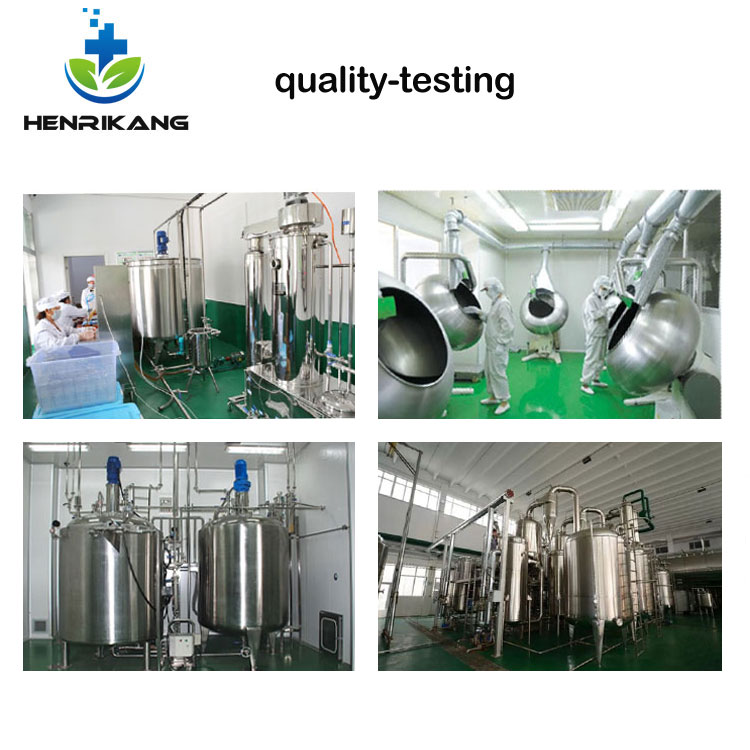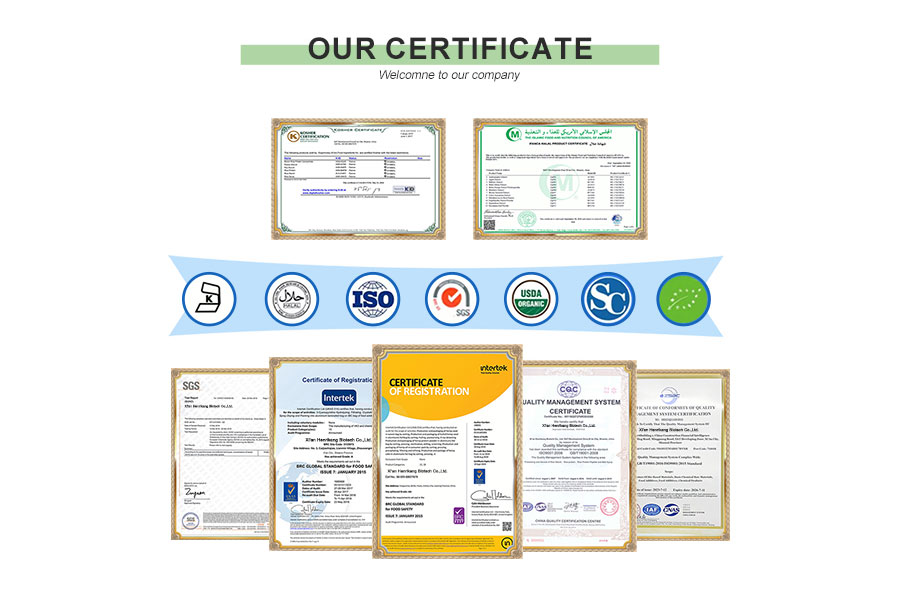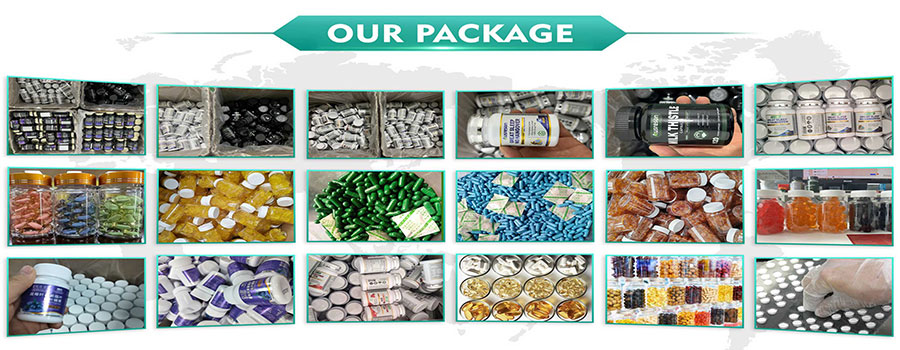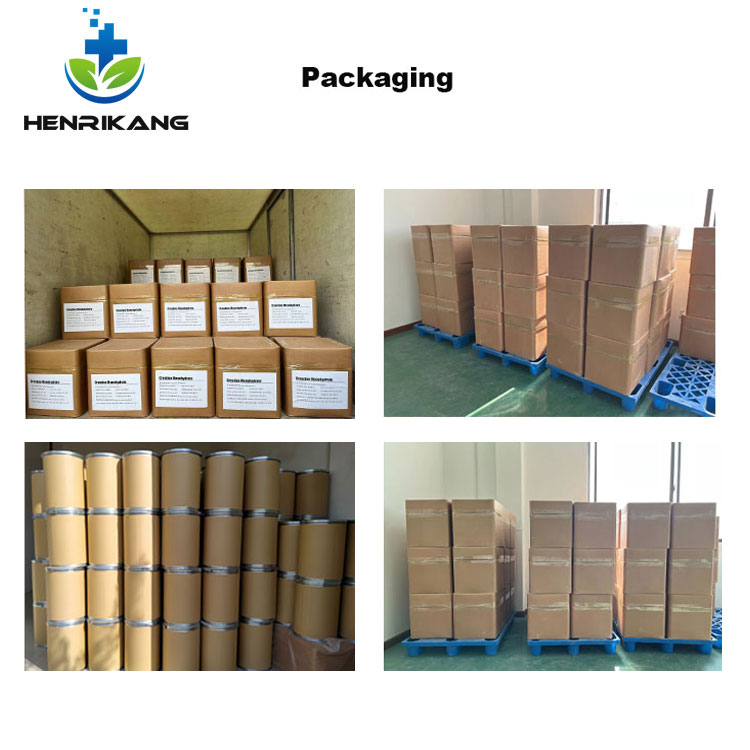Pharmaceutical
Human APIs Powder
- Respiratory Drugs Raw Material
- Antiviral Antibacterial
- Antipyretic Analgesics
- Antihistamine Drugs
- Antineoplastic
- Cosmetic Raw Material
OEM & ODM
- Capsule
- Softgel Capsule
- Gummies
- Drop & drinks
- Tablets
- Effervescent Tablet
- Gel
- Powder
- Chewing Gum
- Pet Supplement
Veterinary raw materials
Phone: 86-13279202917
E-mail: sales@nutrition-oem.com
Add: Fengcheng 2nd Road, Weiyang District, Xi'an, Shaanxi, China
pure Niacinamide powder for skin


Product Overview:
Nicotinamide, also known as niacinamide, vitamin B3 or vitamin PP, is a water-soluble vitamin belonging to the B vitamins, which is a component of coenzyme I and coenzyme II. The nicotinamide portion of the structure of these two coenzymes in the human body has reversible hydrogenation and dehydrogenation properties, and plays the role of hydrogen delivery in the bio-oxidation, which promotes the organization's respiration, the bio-oxidation process and metabolism, and is of great significance to the maintenance of the normal tissues, especially the skin, the digestive tract and the integrity of the nervous system.
Product Attributes
CAS:98-92-0
MF:C6H6N2O

MW:122.12
EINECS:202-713-4
Specification: 99% min Niacinamide Powder
Sample:Niacinamide powder Avaliable
Packaging:1kg/bag, 25kg/drum
Brand: Ausreson
MOQ:1KG
Appearance:White powder
Storage: Cool Dry Place
Shelf Life: 2 Years
Test Method: HPLC
Product Details
>Click here to get more information
Niacinamide Powder Usage and Synthesis.
Niacinamide and nicotinic acid are used together in most acoustic combinations, and nicotinic acid also produces nicotinamide in animals. When the body is deficient in niacin and nicotinamide, pellagra can develop.
They therefore prevent pellagra. They play a role in the metabolism of proteins and sugars, which improves human and animal nutrition. In addition to their use as medicine, they are also used in large quantities as food and feed additives.
The production capacity of the world has more than 30,000 tons. In Japan, niacinamide is used in 40% of medicine, 50% of feed additives. Food additives accounted for 10%.
Nicotinic acid and nicotinamide is non-toxic, in the natural medium mostly contained in animal liver, kidney, yeast and rice sugar, nicotinamide on the rat subcutaneous injection LD50 is 1.7 g / kg.
Uses and functions of Niacinamide powder.
Nicotinamide has better water solubility than niacin, but it is easy to generate complexes with vitamin C and caking. The dosage is 30-80mg/kg, which can be used in skin care products to prevent skin roughness, maintain skin cell health, and promote skin whitening. Used in hair care can promote scalp blood circulation, healthy hair follicles, promote hair growth and prevent baldness.
Biochemical research; Nutritional components of tissue culture medium; Clinical drugs for vitamin B family, used in the prevention and treatment of pellagra and stomatitis, lingual inflammation and other diseases.
- (1) An amide derivative of vitamin B3 and a PARP inhibitor.
- (2) Biochemical research: Nicotinamide is a nutrient component in tissue culture media; clinically, it is used as a B vitamin for the prevention and treatment of pellagra, stomatitis, glossitis, and other conditions.
- (3) In skincare products, nicotinamide can prevent rough skin, maintain healthy skin cells, and promote skin whitening. In haircare, it can promote scalp blood circulation, healthy hair follicles, promote hair growth, and prevent baldness.
- (4) Nicotinamide and nicotinic acid are generally interchangeable. Nicotinic acid also produces nicotinamide in animals. Nicotinamide is more water-soluble than nicotinic acid, but it easily forms complexes with vitamin C and clumps. Pellagra can occur when the body lacks nicotinamide; therefore, this product can prevent pellagra.
- (5) It plays a role in the metabolism of proteins and sugars, and can improve the nutrition of humans and animals. It can be used as a nutritional additive in cosmetics. It is also used in pharmaceuticals, food, and feed additives.

Pharmacological effect of Niacinamide.
Nicotinamide is a component of coenzyme I and coenzyme II, serving as a coenzyme for many dehydrogenases. Deficiency can affect normal cellular respiration and metabolism, leading to pellagra. Nicotinamide is readily absorbed from the gastrointestinal tract, distributed throughout the body, metabolized by the liver, and only a small amount is excreted unchanged in the urine.
Drug Interactions
1. Nicotinamide has no vasodilatory effect; it can be used in hypertensive patients when needed.
2. It has an antagonistic effect with isoniazid; when taking isoniazid long-term, nicotinamide supplementation should be appropriate.
Product method of Bulk Niacinamide Powder.
β-Methylpyridine is oxidized by air to nicotinic acid, which is produced by interaction with ammonium hydroxide and then heated and dehydrated.
- (1) β-methylpyridine is oxidized in air to nicotinic acid, which then reacts with ammonium hydroxide and is subsequently heated to remove excess water to obtain the final product.
- (2) Nicotinic acid, boric acid, and ammonia water are added to a reaction vessel. Ammonia gas is introduced while stirring, and the mixture is heated to dissolve the nicotinic acid. The ammonia is then recovered by distillation, and the mixture is transferred to a dehydration vessel for further concentration at 120°C. Liquid ammonia is added when the temperature reaches 145°C, and the reaction continues at 185–190°C for 20–30 hours. The temperature is then lowered to 130°C, diluted with distilled water, and activated carbon is added. Ammonia is then introduced for decolorization at 70–80°C for 2 hours. After the reaction, the mixture is filtered while hot, and the filtrate is precipitated in water for 24 hours to separate the crystals. The crystals are then washed with ethanol and dried to obtain the final product, with a yield of 89%.
- (3) Nicotinic acid, boric acid, and ammonia water are added to a reaction vessel. Ammonia gas is introduced while stirring, and the mixture is heated to dissolve. The ammonia is then recovered by distillation. After reaching 120°C, the mixture is transferred to a dehydration vessel for further concentration. When the temperature reaches 145°C, liquid ammonia is added, and the reaction is continued at 185-190°C for 20-30 hours. The temperature is then lowered to 130°C, diluted with distilled water, and activated carbon is added. Ammonia is then introduced at 70-80°C for decolorization for 2 hours. After the reaction, the mixture is filtered while hot, and the filtrate is precipitated in water for 24 hours to separate the crystals. The crystals are then washed with ethanol and dried to obtain the final product, with a yield of 89%.
- (4) The product is obtained by reacting nicotinic acid with ammonia water to form a salt and then dehydrating it.
Inquire This Product















